Rights to realities: The International Convention for the Elimination of Racial Discrimination
This August, CRER will be reporting to the United Nations that, despite 41 years of commitment, BME people continue to face barriers in employment, political participation and accessing services such as health care . This discrimination is not inevitable, and with your support we can demonstrate to the UN how racial equality can be achieved in Scotland.
On 21st December 1965 the International Convention on the Elimination of all forms of Racial Discrimination (ICERD) was adopted and opened for signature by the United Nations (UN) General Assembly. It entered into force on 4 January 1969, which was ten years after Rosa Parks refused to give up her seat on a segregated bus, four years after the Race Relations Act 1965 and 28 years before the official ‘end ’ of the British Empire.
Today the Convention has 88 signatories and 177 parties from across the world. ICERD requires state parties to submit a periodic report every few years on how they have complied with their ICERD obligations and then examines the states parties on their submissions, usually every four or five years; this is known as the examination process.
As well as the government report, civil society organisations (CSOs) and National Human Rights Institutions (NHRIs) are encouraged to submit reports on the government’s report. These can provide important alternative information to the Committee.
Later this summer CRER and other anti-racism organisations throughout the UK will be submitting comprehensive evidence that on-going systematic discrimination of Black and minority ethnic (BME) groups continues in our country.
The importance of human rights conventions in tackling inequality cannot be underplayed. With more and more organisations and Governments taking a ‘rights-based approach’ to policy, human rights are no longer abstract ideas confined to committees in Europe. They have become the minimum standards that every citizen expects from each other, but most importantly they have protected marginalised groups from their own Governments.
At the last set of UK hearings, in 2011, the UN recommended that the UK State “develop and adopt a detailed action plan, with targets and monitoring procedures, in consultation with minority and ethnic groups, for tackling race inequality.” On 21st March, the Scottish Government did just that when they launched the Race Equality Framework for Scotland 2016-2030. Yet this is not the time to be complacent.
The Framework was an excellent example of how the Scottish Government worked with partners, BME communities, academics and civic society to set out their ambitions for tackling racism in Scotland. It will not be achieved without continued commitment and resources from all that helped to shape it. Making a strong representation to ICERD is one way to keep the pressure on and ensure the Framework delivers on its promises to minority ethnic communities.
Working with the Runnymede Trust, CRER has helped to publish key evidence of where discrimination still exists within Scotland which we will present to the UN this August. Further to this, we have set out our ambitions for how the rights of BME people can be further protected, enhanced and ultimately – realised every day.
In order for this to happen we need your support.
Runnymede has now incorporated our Scottish evidence and specific recommendations in a UK-wide NGO Shadow Report which will be presented to the UN Committee. We ask that your organisation now support this shadow report to display the shared commitment that we all have to achieving racial equality in Scotland.
The UK NGO Shadow Report to CERD and further information on how your organisation can support it can be found here.
Further details on the ICERD and the UN Committee on Eliminating Racial Discrimination can be found here. A copy of the CRER's Scotland-specific Alternative Report as submitted for the 2011 UK hearings can be downloaded here. We are planning to present an updated Scotland specific alternative report for the 2016 hearings and this will be published on our website in July 2016.

